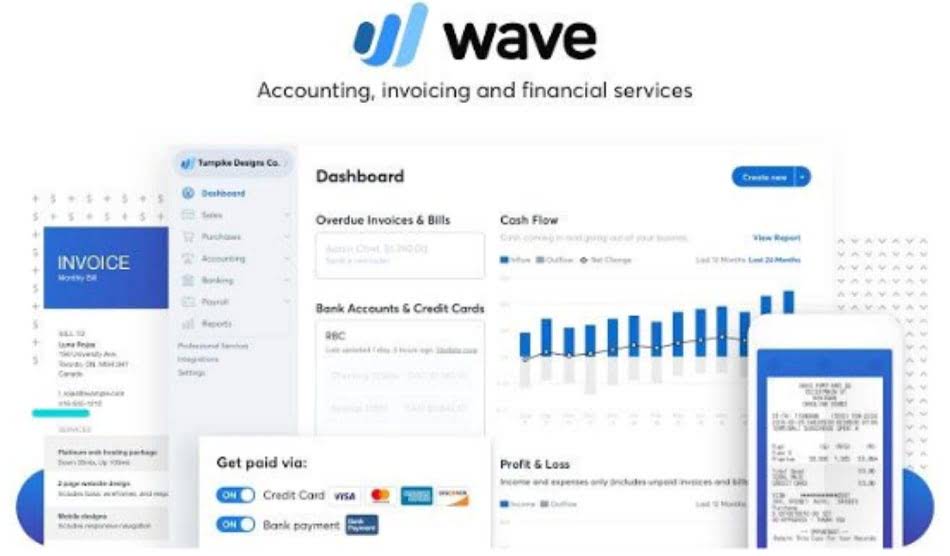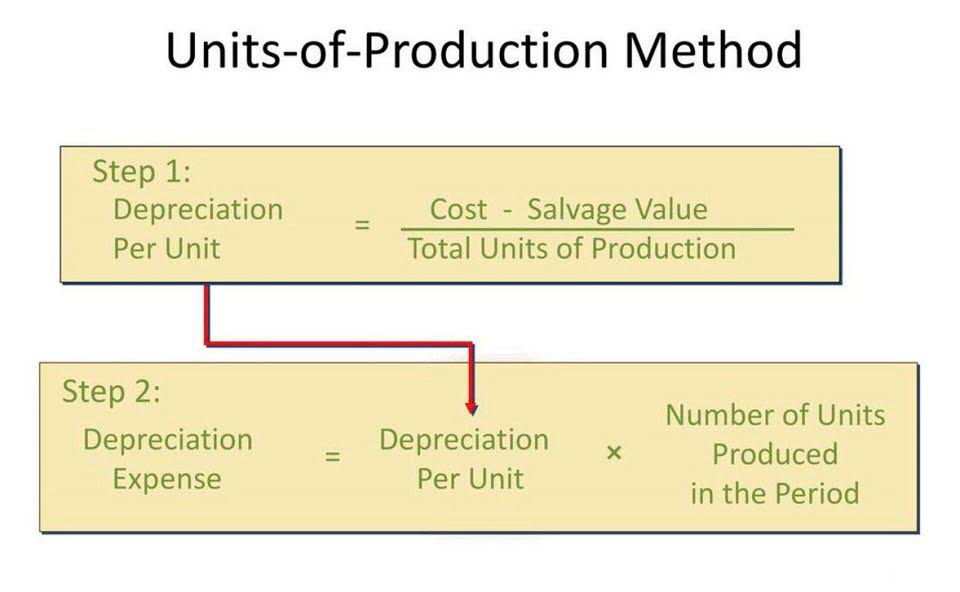
It’s also an accurate system for ensuring that inventory value reflects the market value of products. The company’s accounts will better reflect the value of current inventory because the unsold products are also the newest ones. In addition to FIFO and LIFO, which are historically the two most standard inventory valuation methods because of their relative simplicity, there are other methods. The most common alternative to LIFO and FIFO is dollar-cost averaging. The principle of LIFO is highly dependent on how the price of goods fluctuates based on the economy.
LIFO and FIFO: Taxes

FIFO states that if the bakery sold 200 loaves on Wednesday, the COGS (on the income statement) is $1 per loaf because that was the cost of each of the first loaves in inventory. The $1.25 loaves would be allocated to ending inventory (on the balance sheet). The Sterling example computes inventory valuation for a retailer, and this accounting process also applies to manufacturers and wholesalers (distributors). The costs included for manufacturers, however, are different from the costs for retailers and wholesalers. You also need to understand the regulatory and tax issues related to inventory valuation.FIFO is the more straightforward method to use, and most businesses stick with the FIFO method.
LIFO and FIFO: Advantages and Disadvantages

If inflation is not there, the cost of material purchased today would be exactly equal to that purchased last year. So the material cost going into the production of finished goods will also be the same for a particular type of product. So the cost of the inventory added to the stock today will be exactly equal to the cost of the inventory added to the stock one year ago. Hence, whether you use the LIFO method or FIFO method, the value of the inventory expensed or even that in stock will also come out to be the same. The root cause why there is more than one method to account for the cost of inventory is inflation. If inflation ceases to exist, we won’t require different methods to determine the value of inventory company expenses or keep them in its warehouses.

Example 3: Toy Store

FIFO is an ideal valuation method for businesses that must impress investors – until the higher tax liability is considered. Because FIFO results in a lower recorded cost per unit, it also records a higher level of pretax earnings. In short, inventory management software takes the hassle out of inventory valuation. It automates stock accounting and product costing, keeps you in the loop with real-time updates, and makes sure your business stays on track. If you do business globally, you’ll need to stick with FIFO or another approved inventory valuation method since the international accounting standards body (IFRS) prohibits the use of LIFO.

Why Is LIFO Accounting Banned in Most of the World?
However, please note that if prices are decreasing, the opposite scenarios outlined above play out. In addition, many companies will state that they use the “lower of cost or market” when valuing inventory. This means that if inventory values were to plummet, their valuations would represent lifo formula the market value (or replacement cost) instead of LIFO, FIFO, or average cost.
- A clothing retailer operates in a market where fabric costs are rising.
- In other words, the seafood company would never leave their oldest inventory sitting idle since the food could spoil, leading to losses.
- LIFO matches the cost of your most recent purchases with your current sales.
- Whether you’re dealing with perishable items or long-lasting goods, you can set it up to manage your inventory in a way that works best for you.
- FIFO, or First In, First Out, is an inventory valuation method that assumes that inventory bought first is disposed of first.
- Learn more about what FIFO is and how it’s used to decide which inventory valuation methods are the right fit for your business.
In normal economic circumstances, inflation means that the cost of goods sold rises over time. Since FIFO records the oldest production costs on goods sold first, it doesn’t reflect the current economic situation, but it avoids large fluctuations in income statements compared to LIFO. Inventory plays a critical role in a business firm’s financial management. Of all the current assets on a firm’s balance sheet, it is likely that inventory is the largest asset category in terms of value. Inventory is only on the balance sheet of companies that sell products. unearned revenue Some service businesses also have to use inventory accounting if they have to use the products they purchase in servicing their customers.
- Try FreshBooks for free to boost your efficiency and improve your inventory management today.
- The older inventory, purchased at $10, remains in stock, potentially distorting its value on the balance sheet.
- If you plan to do business outside of the U.S., choose FIFO or another inventory valuation method instead.
- Companies within the U.S. have greater flexibility on the method they may choose and can opt for either LIFO or FIFO.
- Many businesses use FIFO, but it’s especially important for companies that sell perishable goods or goods that are subject to declining value.
- Net income will be higher, using the FIFO method of accounting inventory, and the cost of goods sold will be lower since the lower price will be used to calculate that figure.
- Because the expenses are usually lower under the FIFO method, net income is higher, resulting in a potentially higher tax liability.
- The principle of LIFO is highly dependent on how the price of goods fluctuates based on the economy.
- Companies outside of the United States that use International Financial Reporting Standards (IFRS) are not permitted to use the LIFO method.
- That is, it is used primarily by businesses that must maintain large and costly inventories, and it is useful only when inflation is rapidly pushing up their costs.
Ng offered another example, revisiting the Candle Corporation and its batch-purchase numbers and prices. We collaborate with business-to-business vendors, connecting them with potential buyers. In some cases, we earn commissions when sales are made through our referrals.
- As LIFO isn’t accepted under international accounting standards (IFRS), not all companies can use this method.
- This makes tax time a breeze and keeps your financial records accurate, which is great when you deal with the IRS.
- If your business decides to change from FIFO to LIFO, you must file an application to use LIFO by sending Form 970 to the IRS.
- Average cost inventory is another method that assigns the same cost to each item and results in net income and ending inventory balances between FIFO and LIFO.
- FIFO keeps your inventory fresh and ensures you’re always selling your oldest stock first.
In most cases, as recognized by the IRS, the FIFO inventory accounting method works best. Not only is the LIFO inventory accounting method more https://www.bookstime.com/ complicated, it does not fit as well in every situation. The way a business firm values its inventory can affect its balance sheet and income statement greatly due to the large amounts of money tied up in inventory for product-producing firms. Average cost inventory is another method that assigns the same cost to each item and results in net income and ending inventory balances between FIFO and LIFO. FIFO means “First In, First Out.” It’s an asset management and valuation method in which older inventory is moved out before new inventory comes in.
